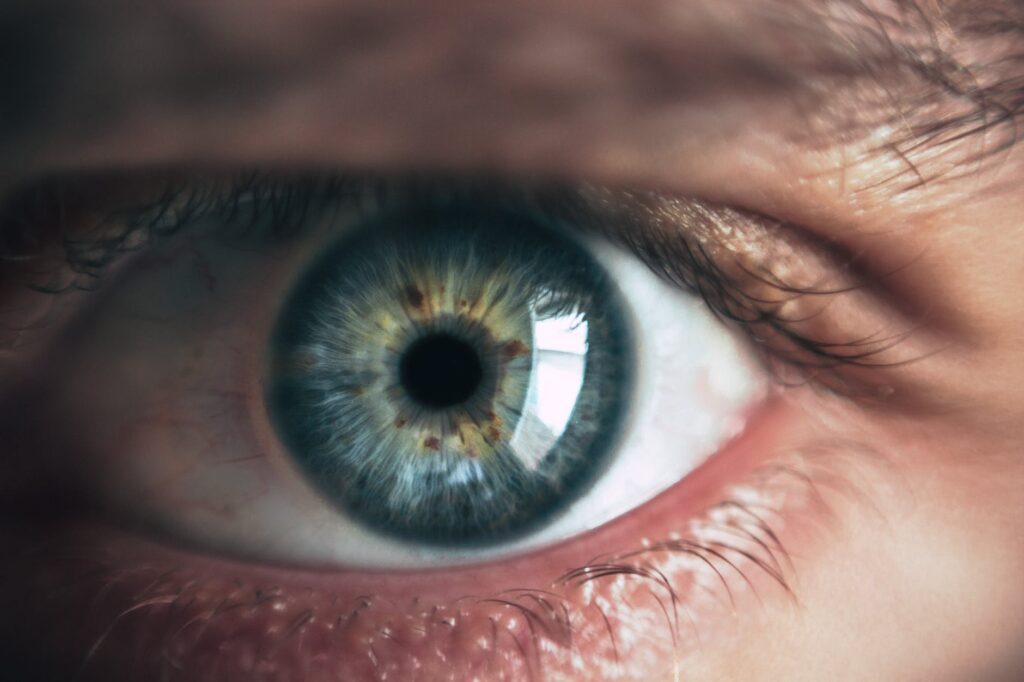
Introduction
Pediatric blindness is a significant concern that profoundly impacts the lives of children and their families. The loss of vision at a young age can hinder a child’s development, learning abilities, and overall quality of life. Understanding the causes, early detection, and effective interventions are crucial in addressing pediatric blindness. In this article, we will explore the importance of understanding and addressing pediatric blindness to provide the best possible outcomes for affected children.
Causes and Prevalence: Unraveling the Factors
Pediatric blindness can stem from various causes, including genetic conditions, infections, trauma, and developmental abnormalities. Some children are born with visual impairments, while others may experience vision loss during infancy or childhood. It is essential to unravel the underlying factors contributing to pediatric blindness to guide interventions and provide appropriate support to affected children and their families. Research, genetic testing, and comprehensive assessments play a vital role in identifying the causes and understanding the unique needs of each child.
Early Detection and Diagnosis: A Path to Intervention
Early detection and diagnosis are crucial in addressing pediatric blindness effectively. Routine vision screenings, comprehensive eye exams, and developmental assessments are essential tools for identifying potential visual impairments in infants and young children. Detecting vision problems at an early stage allows for timely intervention and maximizes the potential for visual development. Collaborative efforts between pediatricians, ophthalmologists, and other healthcare professionals are essential in ensuring early detection and appropriate referrals for further evaluations.
Multidisciplinary Approach: Holistic Care for Children
Addressing pediatric blindness requires a multidisciplinary approach that involves a team of healthcare professionals, educators, therapists, and caregivers. Each child’s needs are unique, and a comprehensive care plan should address not only the visual impairments but also other aspects of development, such as cognitive, motor, and social skills. This holistic approach ensures that children receive the necessary support, therapies, and educational interventions to enhance their overall development and quality of life.
Assistive Technologies and Rehabilitation: Expanding Possibilities
Assistive technologies and rehabilitation play a crucial role in empowering children with visual impairments. Braille literacy, orientation and mobility training, and the use of assistive devices and technologies can enhance independence and participation in daily activities. With technological advancements, devices such as screen readers, magnifiers, and tactile graphics provide opportunities for children to access information, engage in learning, and explore their surroundings. Rehabilitation services, including vision therapy and adaptive skills training, help children adapt and maximize their remaining visual abilities.
Supportive Care and Advocacy: Nurturing Well-being
Pediatric blindness not only affects the child but also impacts the entire family. Providing supportive care and advocacy services are essential to address the emotional, social, and educational needs of both the child and their family. Support groups, counseling services, and educational resources help families navigate the challenges associated with pediatric blindness. Additionally, advocating for inclusive educational settings, accessibility, and community support services can create a more inclusive and supportive environment for children with visual impairments.
Conclusion:
Understanding and addressing pediatric blindness is vital for providing the best possible outcomes for affected children. By unraveling the causes, promoting early detection and diagnosis, adopting a multidisciplinary approach, leveraging assistive technologies and rehabilitation, and providing supportive care and advocacy, we can enhance the quality of life and development of children with visual impairments. Through collaboration, research, and a focus on holistic care, we can empower these children to overcome challenges, reach their full potential, and navigate the world with confidence and independence.